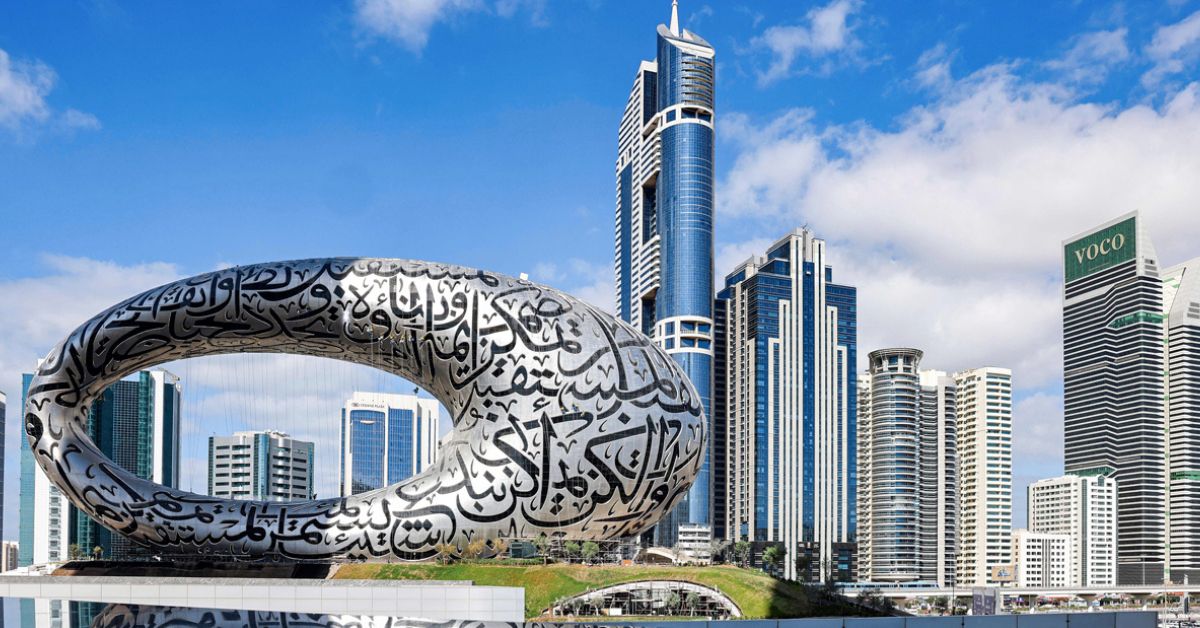DUBAI, UAE — Whether in the Middle East or elsewhere, most tourist destinations globally are impacted by tourism seasonality. According to the UNWTO, tourism seasonality is defined as the temporal variation in tourist activities and visitation patterns within a specific destination over a set period.
This phenomenon is driven by various factors, typically grouped into four categories: natural, cultural, institutional, and economic. These factors’ fluctuations can pose challenges for destinations during both peak and off-peak seasons.
To address these challenges, minimize their adverse effects, and harness the potential benefits of the off-peak season, it’s essential to employ robust strategic planning and initiatives.
Colliers’ market report, “Seasonality Mitigation: Causes, Initiatives & Tactics to Alleviate Tourism Seasonality in the Middle East,” offers an in-depth analysis of the unique seasonal trends in the Middle East and presents innovative tactics to counter these fluctuations.
The report underscores the role of climate, especially temperature, and other natural factors in driving seasonal shifts in the region. It also introduces six groundbreaking strategies to enhance the understanding and management of seasonal variations in the area’s tourism sector.
The first strategy is to diversify destination offerings by promoting various tourism forms targeting niche tourist segments. These segments prioritize experience over weather, such as adventure tourists, wellness tourists, or cultural tourists.

The second strategy is to develop tailored product mixes to spur demand, considering the target segment, destination, and available resources.
Other tactics include designing infrastructure to withstand extreme conditions, promoting events and launching targeted promotional campaigns during off-peak seasons, and forging strategic partnerships with other destinations to either complement or mirror seasonal patterns.
During off-peak seasons, tourist destinations see a drop in visitors, resulting in decreased revenue and economic activity. For Middle Eastern destinations, high temperatures play a significant role.
For instance, in Saudi Arabia, excluding events like Eid Al Fitr, Hajj, and Eid Al Adha, the impact of weather is glaringly evident. To tackle these challenges, it’s vital to adopt innovative tactics that allow tourist destinations to thrive year-round.
Expanding a destination’s segment portfolio by introducing alternative tourism forms can bolster its resilience against impacts like seasonal variations. Depending on the region’s attributes, various tourism activities can be promoted. The goal is to pinpoint and attract groups less deterred by or even drawn to warmer climates.
Cultural, adventure, and wellness tourism niches offer diverse experiences less reliant on weather, emphasizing personal growth and often featuring indoor or seasonally adaptable activities.
Another approach is product development tailored for off-peak tourists. Understanding the needs and interests of different tourist groups can help craft a unique and innovative product mix to drive demand during off-peak times.
The range of potential products and experiences is vast, contingent on the target segment, destination characteristics, and available resources.
Moreover, there’s a significant opportunity to draw tourists year-round by focusing on infrastructure enhancements designed for extreme conditions.
The primary aim is to ensure tourists enjoy comfort, convenience, and a plethora of engaging activities throughout the year, regardless of high temperatures.
Considering the unique challenges of high-temperature regions, five core infrastructure areas – transportation, accommodation, leisure, public spaces, and digital – warrant attention and investment.
In recent years, event organization and promotion during the off-peak season have become pivotal in the Middle East. This strategy seeks to offset the effects of tourism seasonality while showcasing a diverse array of cultural, sports, and adventure experiences. A prime example of this approach is the “Saudi Seasons” initiative.
To combat tourism seasonality, destinations can roll out targeted promotional campaigns during off-peak seasons. By enticing tourists to visit during off-peak times, destinations can maximize revenue, optimize resource use, and ease the burden on infrastructure and services during peak times. These campaigns can also diversify the local economy by extending the tourism season and opening doors for businesses that might otherwise face downtime.
By effectively marketing unique summer offerings through targeted ads, social media campaigns, and local partnerships, destinations can persuade travelers to explore their offerings even during off-peak times, diversifying their tourist base and mitigating seasonality’s adverse effects.
Collaborating with other destinations can also be an effective strategy. Forming alliances with destinations that either share similar or different seasonal tourism patterns can help balance tourist inflows and diversify the tourism landscape. Collaborating with destinations with contrasting seasonal patterns can boost visitor numbers during off-peak times.
Conversely, partnering with destinations with similar patterns can involve joint promotional efforts or shared experiences, such as co-promoting festivals and events. This regional collaboration not only bolsters the broader regional tourism industry but also enhances each destination’s appeal.







